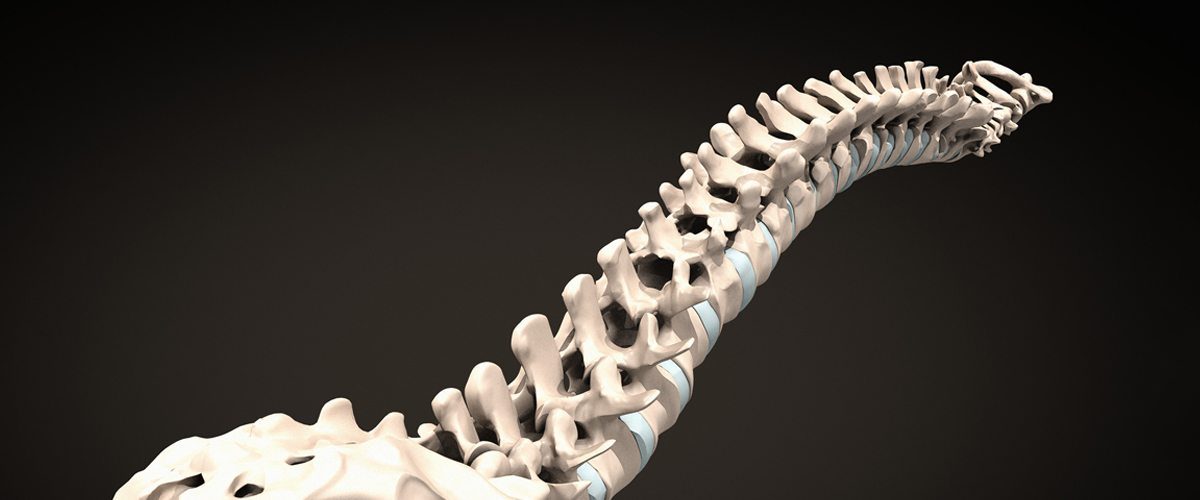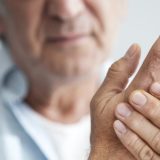A really simple story: center of gravity and spinal mechanics

Like the old saying, “The deep – rooted tree is strong,” the top priority is to strengthen the “core muscle” as a common correct posture correction tip for many experts. There are many reasons to try core muscle strengthening first, but the most important thing to know is that core exercise is a workout to promote body stability. The stability of the body is said to be achieved when each structure of the body maintains the most stable center of gravity of the body.
The center of gravity in the human body is largely divided into the opinion that it is the second bone of the sacrum and another, that it is located at 55 ~ 57% of the ground based on the total height in terms of anatomy. But a person’s body is a constant stability – mobility continuum, and the center of gravity then changes. Therefore, one cannot say that it is the balance point of the human body. However, mechanical function of the spine, lumbar vertebrae 3 is known to play a pivotal role in stabilizing the center of gravity. Although there are many reasons for this, the importance of stability and center of gravity is due to the fact that the point of action of the muscle of the long abdominal muscle to determine the position and extent of the base of support occurs at lumbar vertebra 3. As shown in the figure, this base of support is a key concept in center of gravity and posture. If the center of gravity is low and the base is large, the stability is high. If the stability is high, the amount of movement is reduced. As a simple example, consider the stability of a notebook when it is laid flat on the ground and stability when trying to stand the notebook with a thin edge.

Figure 1) Stability at the base of support = wide base and low center of gravity
The functional pivot point axis, which determines this stability, exists in many places in the vertebrae. These functional axes have a basic range of motion that each can have (for example, cervical vertebra 1 flexion / extension = 25 degrees, axial rotation = 5 degrees) and this basic range of motion is maintained efficiently. Therefore, it is the basis of proper posture. However, if this basic range of motion is limited by from hypo mobility or from hypermobility, the stability of the body is greatly reduced.
We have talked about the center of gravity that determines stability with the first step of right posture, so we should talk about how to increase it for a while. To improve stability, you can restore the unique functions of each joint, muscle, and ligament. The treatment that each person can easily do is exercise. There are various exercises. There are various exercises such as mobilization, functional, and stabilization. There are no regular methods in which many exercise methods are good. However, why do I need to exercise and what is the most important for what results. For example, select core exercise for stability and select plank to increase core muscle. However, the reason why the core muscle does not increase while doing the plank is that the plank exercise is sometimes applied incorrectly. In the plank movement, we support our body by gathering both arms and both toes like a tripod-like type on the ground and spreads or collect both legs. However, mechanically, the shape of this triangular support already has considerable stabilization. The reason why the shoulders and thighs hurt more than the core is that the muscles have already been stabilized and more pressure is put on the shoulders and thighs. By making the body unstable by lifting one leg just in the plank position, the core of the body tries to make a little more “stability”, and with these efforts, the “strength” of the core muscle will be gained. The key is to focus on what you do, why, and what results you want.
We tried to solve it as easily as possible because it was a part that we had to go to know that the content was very difficult. In the next post, let’s talk briefly about the effects of body dynamics on posture.



